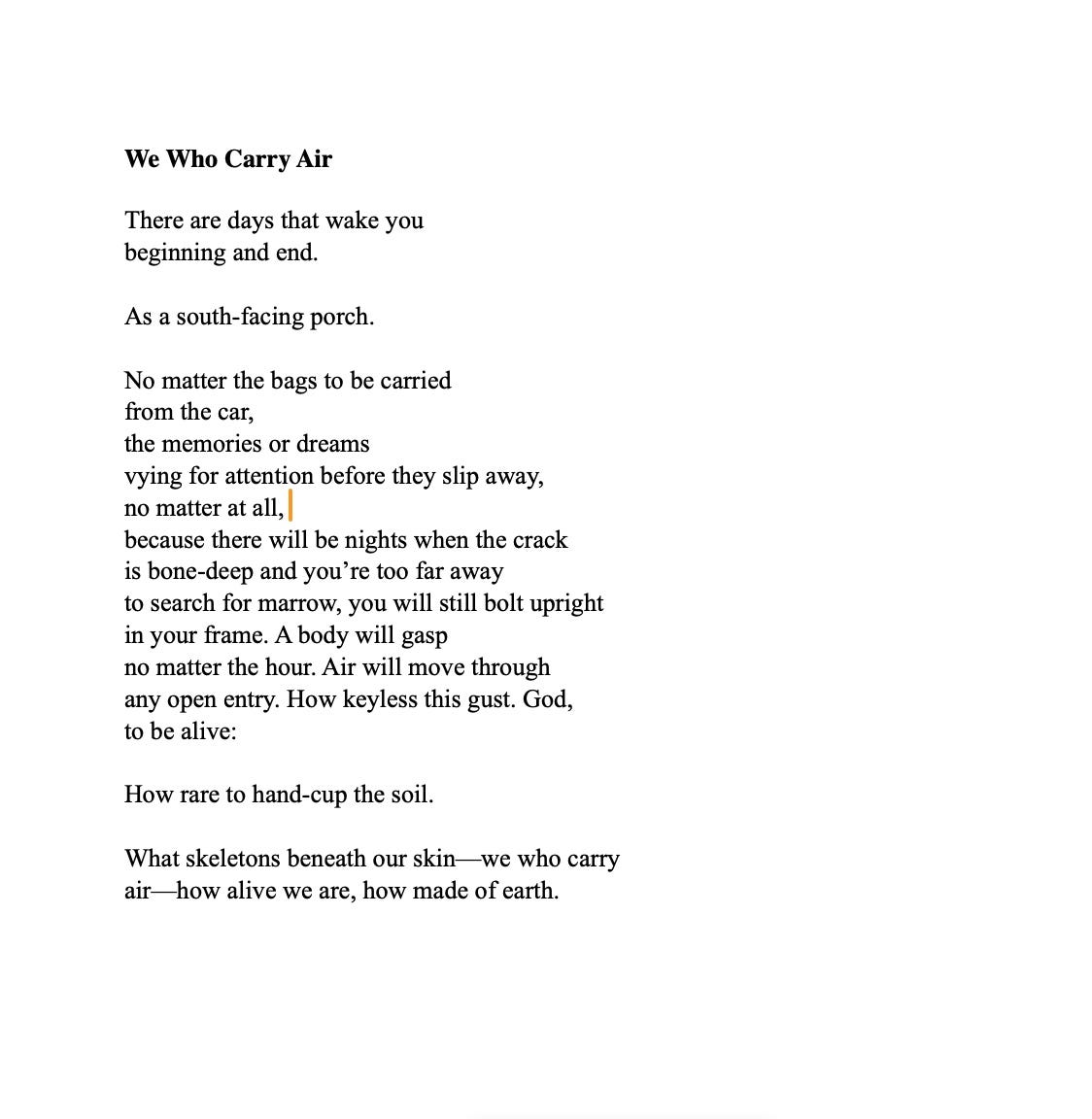After years of autonomy, the woods grow with abandon, and while appearing complex and woven, all of nature moves to and with simplification and harmony. It is free. Untrampled. Because humanity is clothed and complex, my spiritual practices circle simplifying. Deep listening encircles me and I it. Listening, presence, and attention come with accepting the natural ambiguity of life. It is a spiritual practice to open myself to unseeable wisdom by accepting the ambiguity.
am·bi·gu·i·ty
/ˌambəˈɡyo͞oədē/
noun
the quality of being open to more than one interpretation; inexactness
My introduction to Buddhism was through a book I found in the library, as a child, a collection of stories from Japanese Zen Buddhism. Then as an adolescent, I found a box of books my great-grandmother read and left to my mom. I found Zen Mind, Beginner’s Mind by Shunryu Suzuki Roshi in the box. Shortly after that, I received my first kōan, from an unlikely teacher.
I was 15, at a coffee shop on the drag (on the UT campus) after a debate tournament. I’d just bought art supplies from down the street and wanted a place to try a new technique I’d been thinking about since art class earlier that week. The room was lit with lamps on tables, amber light glowing. This was a quiet coffee shop. People were writing, reading, and drawing, and a few people had whispered conversations. I’d never had coffee before. I deliberated too long at the counter, and finally ordered a strawberry Italian soda and sat down on a couch in a nook.
A man walked up, observed me for a moment, set his white mug of black coffee on a corner table, and sat on the couch across from me. I continued shading a ball I was drawing. He walked over, took the ball from my left hand, held it under the lamp near my couch, and said “One line has all of life inside it, all of life is made of lines.” Struck by his audacity I stared at him, waiting. “Draw the ball with one line, don’t lift your pencil from the page, and don’t look at what you’re drawing, watch the line of the ball, watch the lines of light from the lamp, see it. And draw what you see.” I did, it looked exactly like the ball. Well, it looked exactly like a pencil drawing of a ball in an abstract manner that I was immediately drawn to. It was the beginning of my blind contour drawings as well as my fascination with circles and seeing things as they are.
One line has all of life inside it, all of life is made of lines.
Sitting with a kōan is still one of the most encouraging ways I navigate ambiguity.
ALL DAY is a reader-supported publication with essays, letters, and thought projects. Your presence here is special to me, I love you & us. Your reciprocity means the world to this project. I invite you to become a paid subscriber. Check out what some of the ALL DAY readers have to say.
A poem I wrote a couple of years ago that was published last year hinges on the way life is strung with moments of ambiguity and uncertainty and how beautiful and rare it is to be a human right now because of it:
My favorite phrase when my children were very small was “I wonder.” They would walk up to me with a question and I might not know the answer, and I might know the answer, and I definitely knew how to find the answer, but I often answered “I wonder” instead of any of the other options. It fostered their creativity and they often meandered in their imaginative realm for a long time after the question because it allowed them to stay within the ambiguity of not knowing.
I’ve started saying “I wonder” to myself more often lately as a tool for increasing curiosity, creativity, and acceptance. The thing is, ambiguity is a force of nature and to battle it would mean to be in constant struggle and suffering. To accept ambiguity with wonder and perhaps even delight offers such a powerful possibility of deepening our relationship to joie de vivre!
I love you. I hope you are well. I’m so grateful for being here with you.
Until soon,
Lindsey






